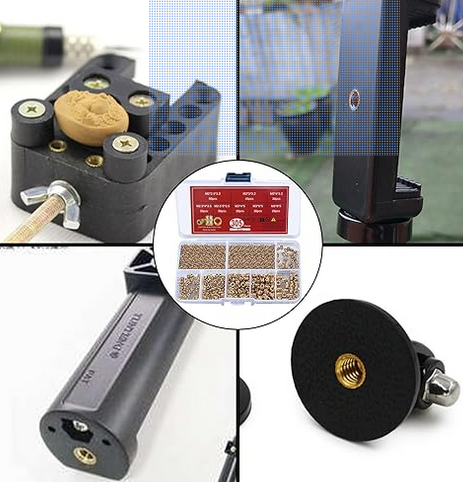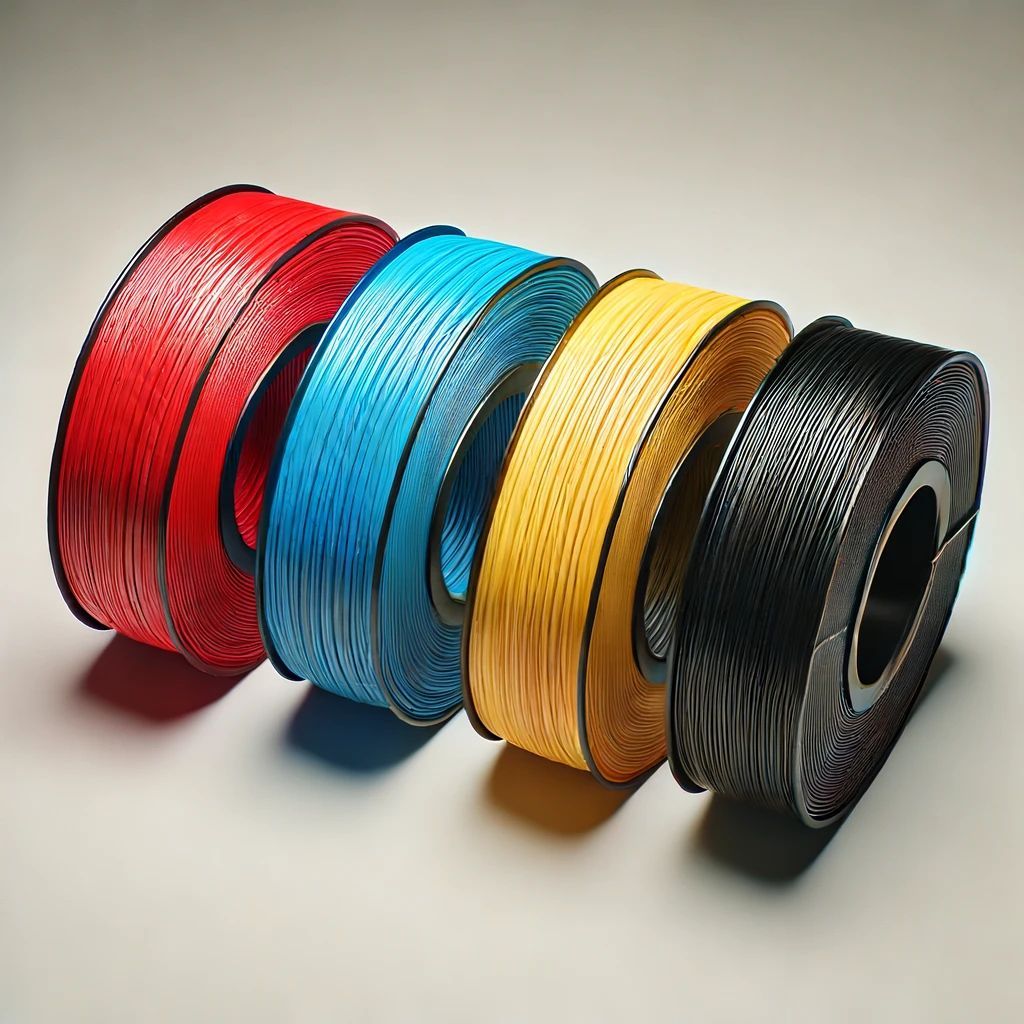What setting to use when Printing with ASA Plastic
Best setting for printing ASA

For superior results while 3D printing with ASA (Acrylonitrile Styrene Acrylate), meticulous calibration of your printer's settings is paramount.
ASA's resilience, UV resistance, and robustness render it an exemplary choice for outdoor projects. Below are the crucial adjustments for optimal printing with ASA:
Bed Temperature:
To ensure robust bed adhesion and diminish warping, maintain your print bed temperature within the range of 95-100°C. This higher temperature is crucial for ASA compared to other filaments to ensure the print sticks well to the bed without warping [[5†source]].
Nozzle Temperature:
Given ASA's higher melting point, set your nozzle temperature between 250-260°C. This adjustment is critical to melt ASA efficiently, facilitating smooth and consistent extrusion [[6†source]].
Enclosure:
Using an enclosure when printing with ASA is not just beneficial; it's often crucial for achieving high-quality prints, especially for large or flat objects prone to warping. The enclosure serves multiple purposes:
Temperature Stability:
An enclosure helps maintain a consistent and controlled environment around the print area. This stability is key to preventing the rapid cooling of ASA, which can lead to warping or cracking of the final print. By keeping the air around the print warm, the enclosure ensures gradual cooling, contributing to the structural integrity of the printed object.
Warping Prevention:
Warping occurs when different parts of your print cool at uneven rates, causing the material to contract unevenly. This can lead to parts of the print lifting off the print bed or resulting in a warped and unusable final product. An enclosure mitigates this by keeping the ambient temperature around the print more uniform.
Improved Adhesion:
Keeping the printing environment warm helps improve the first layer adhesion to the print bed. A consistent temperature prevents the edges of the print from cooling too quickly and curling upwards, which is a common issue with materials like ASA that have a high degree of thermal contraction.
Safety and Odor Containment:
Beyond improving print quality, enclosures can help contain any unpleasant odours produced by the melting plastic and offer an added layer of safety by shielding the hot components and moving parts of the printer.
DIY vs. Commercial Enclosures:
While commercial enclosures are available and designed to fit specific printer models, creating a DIY enclosure offers flexibility and can be more cost-effective. Materials such as polycarbonate panels, acrylic, or even heat-resistant fabrics can be used to construct an enclosure. Adding a simple heating element or even using the heat generated by the printer itself can be sufficient to maintain the needed temperature inside the enclosure.
Monitoring and Accessibility:
If adding an enclosure, consider how you will monitor your print's progress. Some enclosures are equipped with transparent walls or windows that allow for easy viewing. Alternatively, installing a small camera inside the enclosure can provide remote monitoring capabilities.
Implementing an enclosure can significantly enhance the success rate of prints with ASA filament by addressing the material's propensity for warping and ensuring the mechanical properties of your print are preserved. It's a small investment or effort that pays off in the quality and consistency of your 3D printed objects, especially for those intended for outdoor use or where dimensional stability is critical.
By understanding and leveraging these benefits, you can take a significant step toward mastering the art of 3D printing with ASA, leading to reliably high-quality prints even in challenging designs or applications.
Cooling:
ASA's unique composition makes its printing process distinct, especially in regards to cooling. Unlike materials that benefit from rapid cooling to solidify and define shapes quickly, ASA requires a more controlled approach.
Turning off the cooling fans is generally advised for ASA to prevent the thermal shock that can lead to warping, cracking, or internal stresses within the print. However, if certain parts of your print exhibit minor details or overhangs that seem to sag or deform due to heat, you might experiment with minimal cooling.
A low fan speed, perhaps 10-20% of your printer's cooling fan capacity, can be cautiously applied to these specific areas to enhance detail clarity without compromising the overall print integrity.
This careful balancing act between maintaining a warm environment and providing just enough cooling to support fine details underscores the nuanced approach needed for ASA printing.
Mastering this aspect can elevate the quality of your ASA prints, making them not only robust and UV resistant but also intricate and aesthetically pleasing.
Print Speed:
To achieve excellence in 3D printing with ASA, adjusting the print speed is crucial. While ASA is known for its strength and durability, it demands careful handling to ensure the highest quality of prints.
For ASA, a slower print speed is not merely a recommendation but a necessity to tackle the challenges it presents, such as warping and stringing.
The advised print speed for ASA is around 40-50 mm/s, a pace that significantly differs from the faster speeds used for materials like PLA.
This reduced speed allows for several benefits during the printing process.
Firstly, it ensures better layer adhesion, as each layer has sufficient time to bond properly with the one below it, leading to a stronger and more durable final product.
Secondly, it minimizes the risk of warping, a common issue with ASA due to its thermal properties. Warping occurs when layers cool and contract at different rates, but a slower speed ensures more uniform cooling and reduces internal stress.
Moreover, a careful pace allows for finer detail in prints.
When the extruder moves more slowly, it deposits filament with greater precision, which is crucial for intricate designs or prints with small features.
Additionally, slower speeds help in reducing stringing, where thin strings of plastic form between separate parts of a print. By allowing the nozzle to apply filament more accurately, the printer can avoid unwanted filament trails.
In practice, achieving the ideal speed might require some experimentation. Factors such as the complexity of the print, the overall size, and the specific printer being used can influence the optimal speed setting.
Therefore, starting within the recommended range and adjusting based on the results of initial prints is wise.
For larger, more straightforward prints, you might be able to slightly increase the speed, whereas complex, detailed projects will benefit from the lower end of the speed range or even slower.
Remember, the goal is not merely to complete the print but to ensure it meets the desired standards of strength, durability, and appearance. By prioritizing quality over speed, you can leverage ASA's properties to their fullest, producing prints that stand the test of time and function excellently in their intended applications.
Retraction:
Proper retraction settings are essential to avoid stringing with ASA. A retraction distance of about 5-6 mm and a speed of 40-50 mm/s are suggested to keep prints clean and precise.
First Layer Settings:
A strong first layer adhesion is key, possibly using a brim or raft to increase the first layer's surface area. Adjusting the first layer height and flow rate may also be necessary to dial in the perfect first layer adhesion.
Remember, these are starting points, and fine-tuning may be required based on your specific printer and filament batch.
Experimentation can help dial in the perfect settings for your setup, leading to high-quality ASA prints suitable for a myriad of applications, from automotive parts to durable outdoor fixtures.
Happy printing, and may your ASA prints be strong and flawless.












